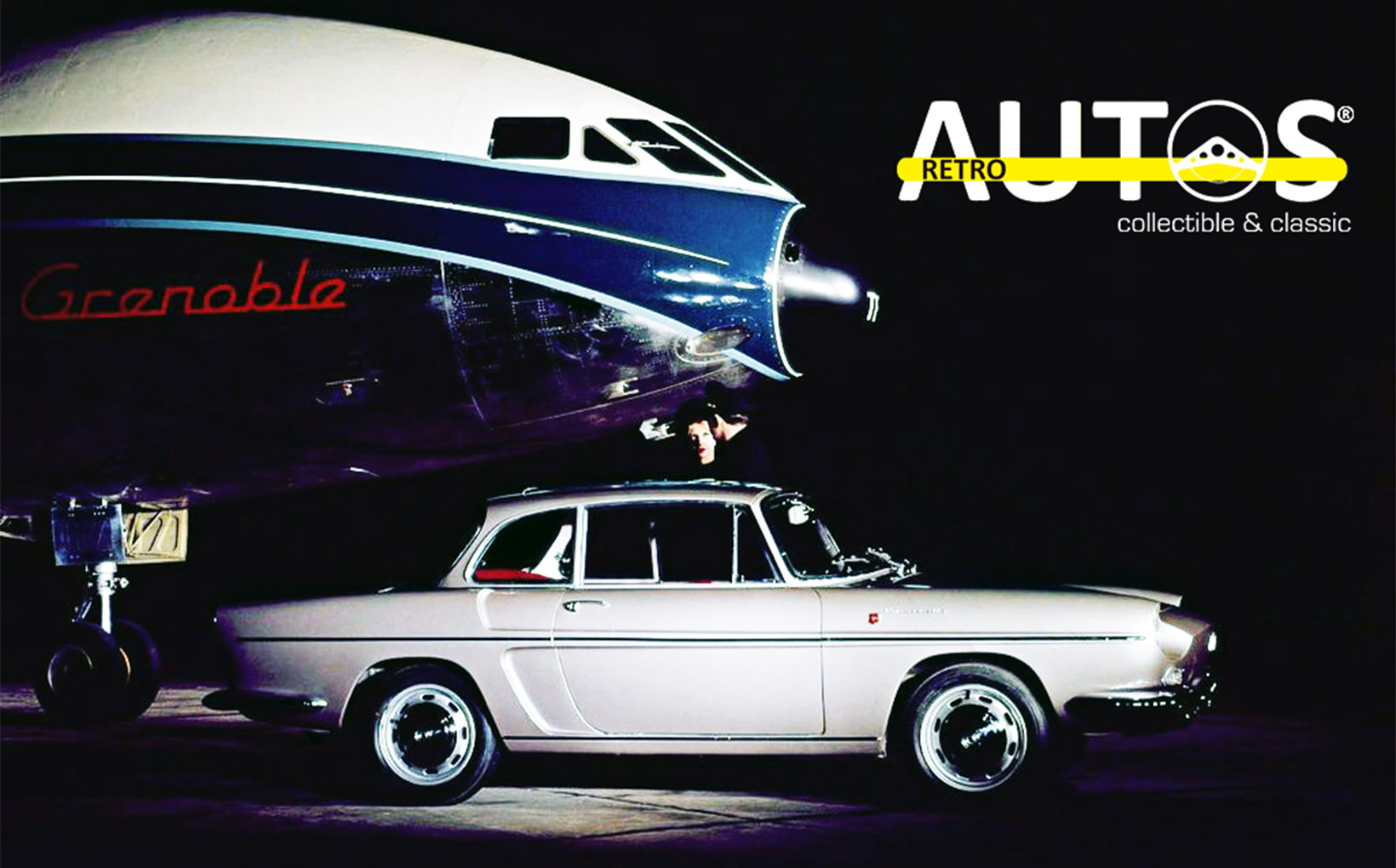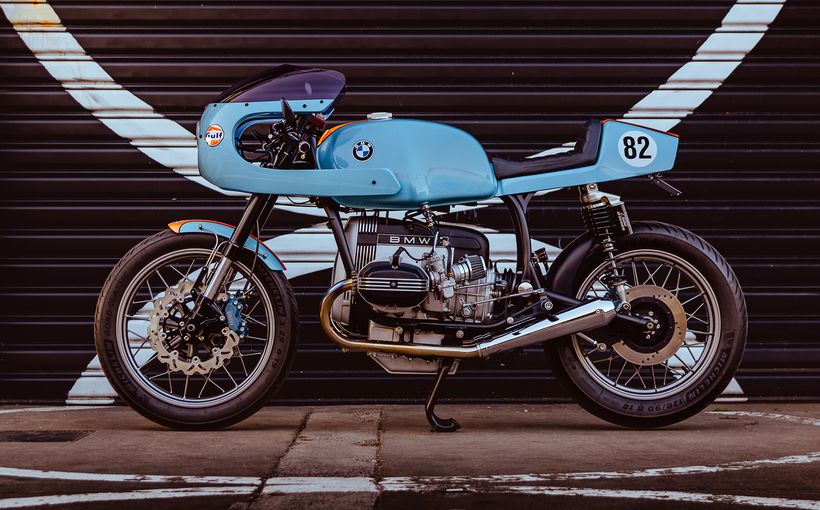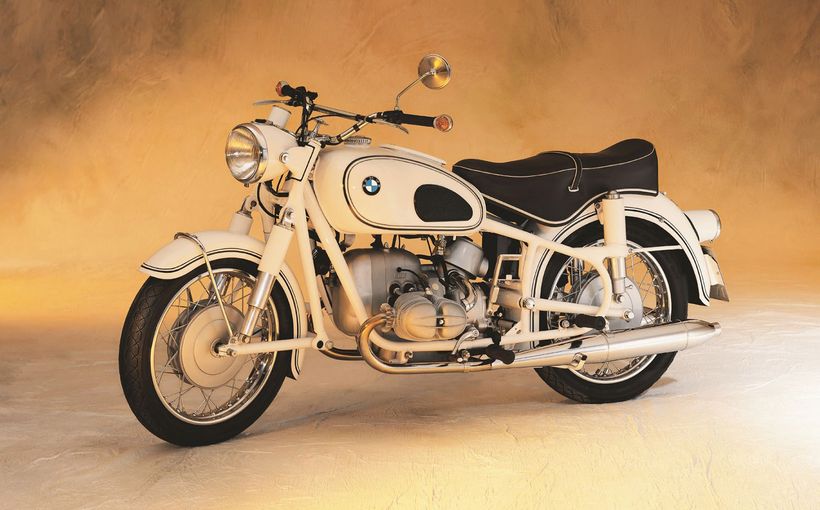
Has there ever been a boring rear engine car? I don’t think so. It seems to me that all rear engined cars have charm, quirkiness and style in abundance. Plus, the world’s top selling car has its motor in the rear.
It is easy to forget how popular rear engine cars once were. In the mid-sixties they comprised 25% of new car sales in Europe. Brands such as VW, Renault, Simca, Hillman, Fiat, NSU, ZAZ, Porsche, BMW, Alpine and Skoda all offered rear engine cars until the great transition to front wheel drive of the 1970s.
Lets’ start with Tatra. The Czechoslovakian company is arguably the first to popularise rear engine cars, beginning in the 1930s. The 1934 T77, and later model T87, boasted V8 power and notoriously lethal handling. The 1956 T603 resembled a 1950 Nash Ambassador/Rambler. The mid-seventies T613 was styled by Vignale. It remained in production until 1996.




At more than 21 million, the VW Beetle holds the world record for the most cars produced on a single platform, no matter where the engine is located. The Beetle-based 1955 Karmen Ghia is still regarded as one of the most svelte cars in the world.
Meanwhile, the 1968 411/412 marks a massive strategic shift in VW’s forward planning and thinking. It was the company’s last rear powered sedan/wagon and is a compelling example of what made a company great in the past is not what will deliver future success.


BMW thwarted a takeover by Mercedes Benz because of the success of their 1959 “700” model. It earned enough profits and attracted the investment of industrialist Herbert Quandt, enabling the struggling company to continue to operate independently. To power this little gem, BMW raided its motorcycle parts bin. The engine was a flat-twin unit from the BMW R67 motorcycle. Enlarged to 697cc from the original 594cc, it was hooked up to a four-speed manual transmission. The Giovanni Michelotti designed 700 is a great looking car and one of those forgotten classics which is now rare and expensive.
Fiat gave us the 500, 600 and 850, plus a series of vans and the wonderful Multipla. These cars dominated their home market and it is hard to imagine Italy without them.




Renault has five entries in the category: the 4CV, Dauphine, R8, R10 and Caravelle/Floride. All quirky and classic. The Caravelle/Floride is especially chic.
Linked to Renault is Alpine. Using Renault underpinnings, Alpine developed a reputation for fast, well handling cars that appealed to a niche market.




Hillman’s Imp was supposed to be the Rootes company’s answer to the Mini. The styling was based on the Corvair. My grandmother bought one soon after it appeared in Australia. It was two toned white over dark grey, with a red interior. It demonstrated most of the problems that its underdevelopment caused. I featured the Imp, and many other interesting Hillmans, in the January 2017 edition of Retroautos. Here’s the LINK.


I think the 1961 Simca 1000 is the best looking of the rear powered European contingent. Legend has it that its styling was derived from one of a number of design proposals originally developed at Fiat for the 850 model. Fiat and Simca had a long financial association dating back to the 1920s.
Fiat stylist Mario Boano and Simca’s head designer Mario Revelli de Beaumont worked on the 1000, which is a Corvair look-a-like. Released in October 1961 the little Simca survived in various forms right through to 1978.


NSU offered its first post WWII car in 1958. The motorcycle manufacturer’s small car was noisy and cramped, but it satisfied a need for cheap transport in Germany. In 1962 NSU upped their game with the Prinz. This was another Corvair look-a-like, which remained in production until 1973. Ironically, it was NSU which supplied VW’s first front engine front wheel drive automobile, the K70. It was an NSU design which VW inherited when they took over the struggling company in 1969.

Skoda, another storied Czechoslovakian car maker, launched its MB 1000 in 1964. Sturdy and practical, the 1000 offered none of the Simca 1000’s design elegance, but it was able to haul a couple of sacks of potatoes from the collective farm to the weekly town market during those cold war days under a communist regime.
Skoda developed an American-style pillarless hardtop coupe, the MBX 1000 in 1966, based on the MB 1000 chassis. It sold only 2500 examples and it is now one of the rarest 1960s small classic cars on the planet. It was replaced in 1970 by the 110R, which sold almost 57,000 units during the next ten years. The MBX 1000 is showcased in a Retroautos feature. Here’s the LINK.


Another from behind the iron curtain was the Zaporozhets, aka ZAZ. The ZAZ was the cheapest thing on four wheels across the communist world, and thus was very popular. Looking like re-purposed Fiat 600, and later updated to mimic the NSU Prinz, the ZAZes were as close to a Model T Ford in concept and simplicity as any 1960’s car ever got.


The story of Chevrolet’s air cooled Corvair is well known and represented a serious attempt to change the basic foundation of the American car. I’ve always thought that Ralph Nader’s criticisms of the Corvair missed the big point. Without a radiator and accompanying plumbing and with no tailshaft, it was a simple, light weight, economical and roomy vehicle that used less resources to build and operate. Who knows how much influence the Corvair might have had if GM had paid a little more attention to the handling? Would front wheel drive have been relegated to the sidelines, as rear engined cars are now?

Let’s not forget the Japanese. Truck builder Hino sold the Renault 4CV in the mid-fifties as a way to enter the Japanese car market. They progressively improved the engineering and styling into the 1960s with the 1964 Contessa range. Contessas were sold in Australia and New Zealand. There is an informative discussion about the Contessa on the Shannons Club Forum. Here’s the LINK.
In 1965 they released a coupe version of the Contessa, styled by Giovanni Michelotti, which probably explains why it looks similar to the BMW 700 coupe.
The coupe became an unexpected racing success in the hands of Pete Brock (of the USA) and Bob Durham when they finished one-two in the high profile 1966 Mission Bell 100 race for under 2 litre cars at Riverside in California. Hino was absorbed by Toyota in 1967.


Subaru’s first car also had the engine placed over the rear axle. The diminutive 360 emerged in 1958 and was finally given its retirement orders in 1971. Its specifications ensured it complied with Japan’s Kei class, which had government mandated dimensions. Between 1955 and 1975 engine capacity was restricted to 360cc.
The Mazda R360 was another Kei car. It was marketed from 1962 to 1966 and is still featured in the company’s promotional materials.


Mitsubishi was another to launch itself into the car market in 1960 with a rear ender, with its “500” and later Colt 600. Neither of these were Kei cars, because they used “larger” motors, if you could call 500cc and 600cc motors “large”.


And finally, there’s Goggomobil. The German company offered a range of models from 1955 to 1969. Sydney car dealer Bill Buckle produced 700 Goggomobils between 1959 and 1961, including the uniquely Australian Dart, which features in Shannons most celebrated advertisements and remains a symbol of the brand. Adding to the celebrity status of the Dart is the recent documentary D’Art by filmmaker Karl von Möller. It features artist Robert Clinch and collector Jeff Brown, following them as they restore a Dart and, in the process, trace its history from design to driveway.
When I look back at all of these rear engined cars there’s not a boring one among them. All have something that attracts the eye or has a mechanical quirkiness, or both, that adds up to charm. What is your favourite rear-engined car?
Retroautos is written and published with passion and pride by David Burrell.










